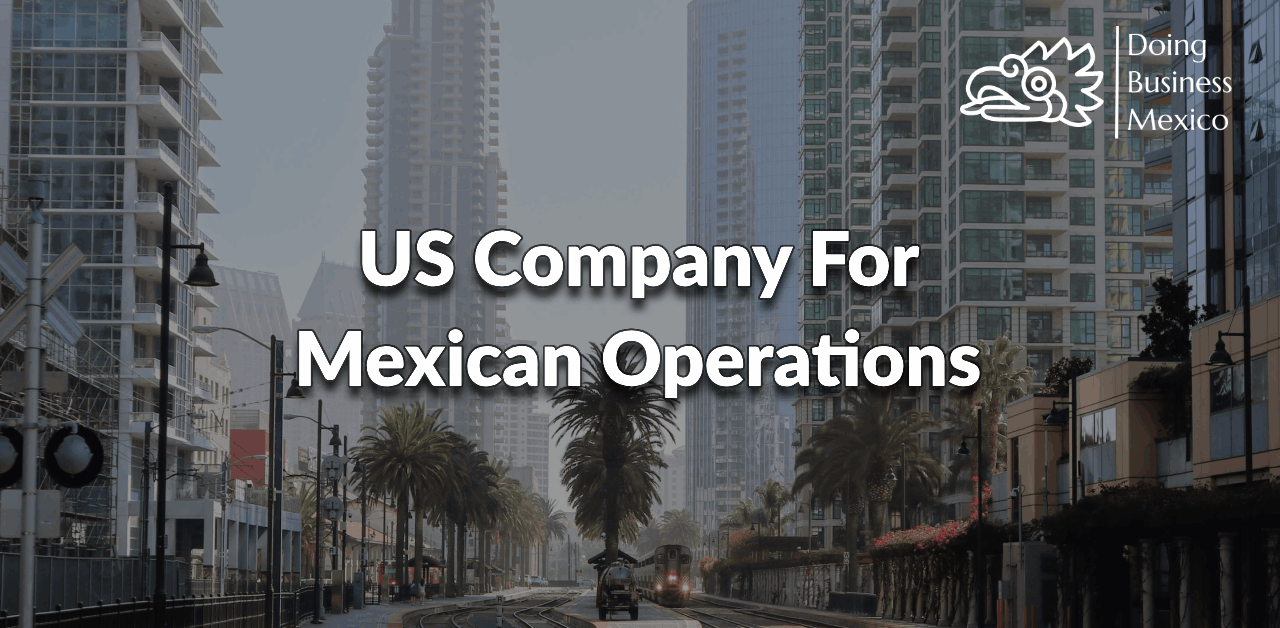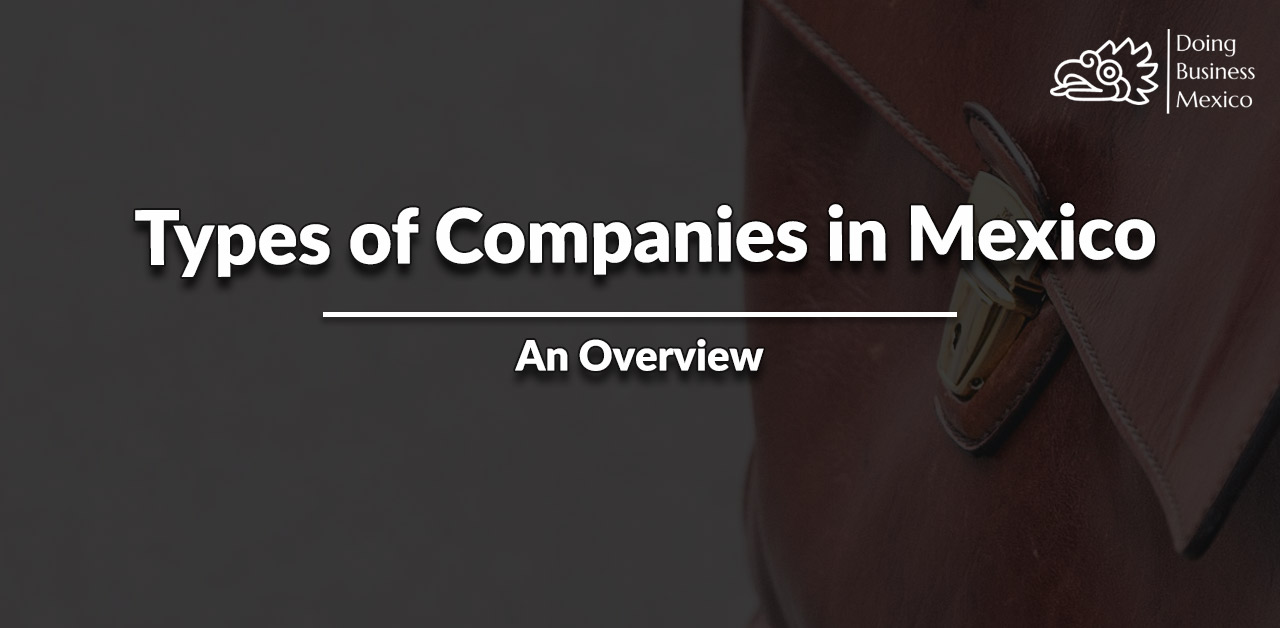The economic ties between Korea and Mexico have grown over the years, particularly in the last decade. Nevertheless, Mexico and Korea’s history started not so long ago, establishing diplomatic relations in 1962. In that decade, Mexico had a “stronger” economy and a bigger population than Korean, the latter only continues to be the case today.
In 1960, Mexico’s GDP amounted to 13,04 billion USD with a population of 37 million, while Korea’s economy was 3,058 billion USD with 25 million people. Today, the Korean economy is much stronger than the Mexican economy, and with only 40% of the Mexican population. From our Mexican eyes, the Republic of Korea is an exemplary success story.
Population
International Trade between Korea and Mexico
In this first post about Korea and Mexico doing business, we will discuss the status of the International trade relations between these nations.
World Trade Organization
Mexico and Korea have been parties to the World Trade Organization (WTO) since its inception, i.e. 1994. Thus, the “WTO Agreements” have governed the Mexico-Korea trade relations over the past two decades.
Besides the above, both countries are part of the Asia-Pacific Economic Cooperation (APEC) which is a forum of 21 member economies that promotes free trade throughout the Asia-Pacific Region. Korea has been part of APEC since its beginning in 1989 and Mexico since 1993. APEC Trade Facilitation Action Plan reduced the cost of business transactions across the region by 6% on the early 2000.
We note the continuous interest of the Korean government to have a Free Trade Agreement (FTA) with Mexico, either a bilateral or regional FTA like the Comprehensive and Progressive Transpacific Partnership Agreement (CPTPP) or the Pacific Alliance.
Needless to say, Korea and Mexico have engaged in talks to negotiate an FTA, however, negotiations have not been successful.
International Trade Statistics
Korea is Mexico’s fifth commercial trading partner, only behind the USA, China, Germany, and Canada. For more information, check out the International Trade Guide. Despite not having an FTA with Mexico, Korea is becoming a more and more relevant trading partner throughout the years, displacing Japan as Mexico’s 5th trading partner in 2019. However, Korea-Mexico trade only represents 3.9% of the total Mexico-US trade. A drop in the ocean, one may say.
- Korea is Mexico’s sixth export market.
- Korea is Mexico’s fifth supplier.
- 22,588 million USD in the trade in goods, but Mexico has a trade deficit with Korea of 12,710 million USD.
Korean Imports in Mexico
According to the data of the International Trade Center, trade between our nations still has room to grow. Mexico’s top imports from Korea are mainly high-end or processed goods, such as electronic and computer components, microchips, auto parts, electric motors, and autos, but also petroleum oils, specific plastic products, steel, and tires.
Mexican Exports to Korea
On the other hand, Mexico exports to Korea other high-end goods such as auto and their parts, data processing machines, telephone sets, but also food products (pork and beef meat and fish) as well as metals and scrap of minerals.
Export Potential
Korean Export Potential to Mexico
Korean exports, such as smart cards, electronic integrated circuits, liquid crystal devices, and parts of office machineries, have not yet reached their full export potential, but many other key export products have already achieved this! We find this astonishing, specially, because Mexico and Korea do not have an FTA.
Mexican Export Potential to Korea
Mexico has reached its export potential on a couple of goods, e.g. medical supplies, electronic equipment goods, but a handful of key goods are not close to reaching their full potential. On this regard, the International Trade Center notes the following:
The products with greatest export potential from Mexico to Korea, Republic of are Motor vehicles for the transport of persons, nes, Parts & accessories of motor vehicles, nes, and Beer made from malt. Motor vehicles for the transport of persons, nes shows the largest absolute difference between potential and actual exports in value terms, leaving room to realize additional exports worth $276.5 mn.
After reviewing Korea’s tariffs, we consider that it is very likely that most of Mexico’s untapped export potential is mainly due to the lack of an FTA with Korea. According to the ITC, autos, tractors, and auto parts as well as certain electronic equipment imports are subject to an 8% tariff in Korea. Needless to say, some products face much higher tariffs, such as beer that is subject to a 30% tariff in Korea; no wonder Mexican beer has an untapped export potential of $41 mn USD!
Korean Tariffs Examples
Korean HTS: 8703101000
Motor Cars and other motor vehicles are subject to an 8% MFN Tariff
Korean HTS: 8471300000
Automatic Data Processing Machines are subject to an 8% MFN Tariff
Korean HTS: 8701201000
Road Tractors for semi-trailers: New are subject to an 8% MFN tariff.
Korean HTS: 2203000000
Beers made from malt are subject to a 30% MFN Tariff
Korean HTS: 8471701000
Main storage units (RAM & ROM) are subject to a 0% MFN Tariff


Korean HTS: 8418101010
Combined refrigerator-freezers are subject to a 8% MFN Tariff


Korean HTS: 8537101000
Boards...equipped with two or more apparatus....for electric control... are subject to an 8%MFN Tariff.


Korean HTS: 9401901000
Seats whether or not convertible into beds, and parts thereof (Parts: Of wood) are subject to an 8% MFN Tariff


Korean HTS: 8544300000
Wiring sets used in vehicles, aircraft or ships are subject to an 8% MFN Tariff
Mexican Tariffs
For more information on Mexican Tariffs, check out Doing Business Mexico’s international trade guide, available in this link or download Mexico’s MFN Tariff Profile.
Next Topics
It is clear that the international trade between Korea and Mexico has strengthened over time and both countries are now “close” trading partners with still much more potential or room to grow. In our following posts, we will review foreign investment from Korea in Mexico, which probably explains the international trade statistics.
For more information on FDI in Mexico, do not hesitate to check our Foreign Investment Guide.
Recent Blog Posts
A “Translation” Horror Story A Mexican company operating in the pipeline manufacturing sector recently sought a 4.9 million tax refund from the …
Why Foreign Investors should use a US company for Mexican Operations? Josh Maxwell provides a crossborder overview about doing business in Mexico.
Why are companies like Tesla are nearshoring to Mexico? Mr. Gonzalez shares insights about the current business environment.
The types of companies in Mexico and which one is the best for your business? In this post, we will guide you through the LLC, Stock, and other companies.
The types of companies in Mexico and which one is the best for your business? In this post, we will guide you through the LLC, Stock, and other companies.
The types of companies in Mexico and which one is the best for your business? In this post, we will guide you through the LLC, Stock, and other companies.
In this post, you will find a guide to finding trusted and professional lawyers in Mexico as well as Law firms.
Our director reviews the digital platform "Invest in Mexico" that was developed by the Mexican Ministry of Economy to promote investment.










